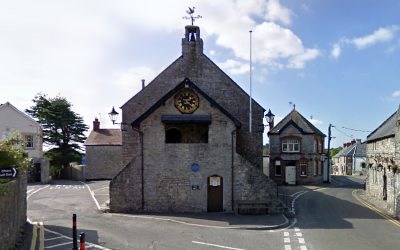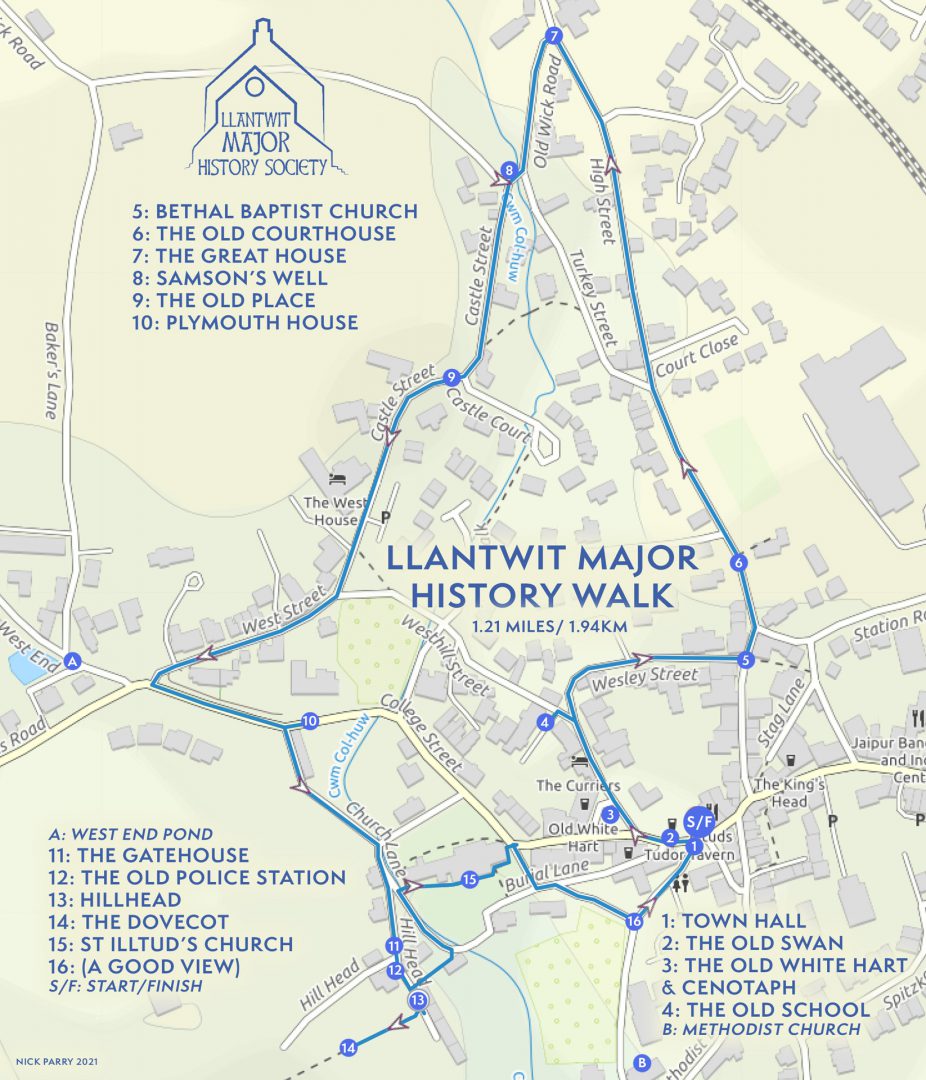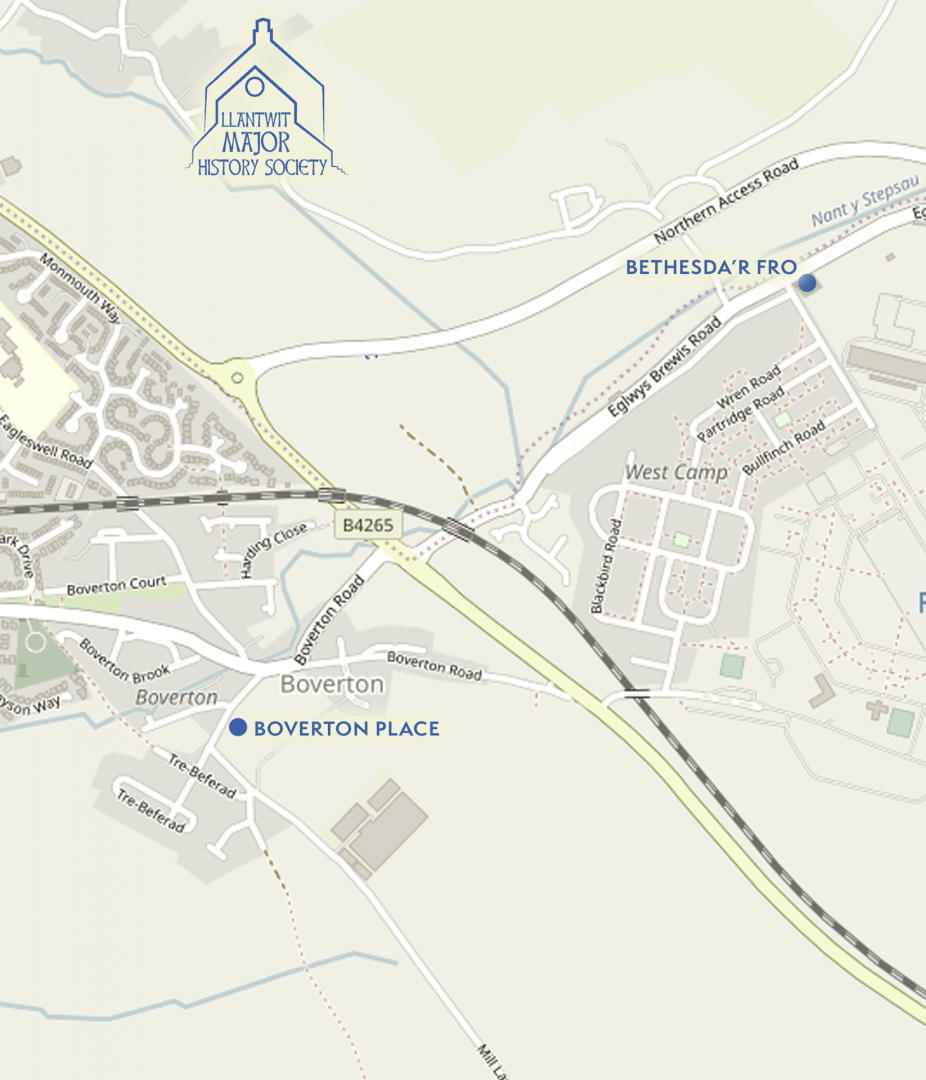This building is similar in many ways to those of the ancient boroughs of Cowbridge and Cardiff. Its construction is usually attributed to Gilbert de Clare, Lord of Glamorgan, who died in 1295, but manorial records suggest that it was built in the fifteenth century as the administrative centre of the manor. This was where the court leet met to organise duties and collect rents. Weekly markets and the fairs were also controlled from here and it is possible that the ground floor was used as an area of stalls.
During the reign of Henry VIII it was referred to as a guildhall but that was unlikely as the only industry in the area which would have merited a guild was glove making. The building was renovated in the late sixteenth century and then rented out for various purposes. Its lower floor was used variously as a school, a slaughterhouse and a lock-up for the local constable, whilst the upper floor was used as a church house and for vestry meetings etc.
In the 1830’s the church leased the upper rooms to the Oddfellows who carried out repairs and kept it in good order. Such was their control that on occasions the Church sought permission from the Oddfellows to use the hall. When it was taken over by the newly created parish council, it became the centre for entertainment in the town. Plays, meetings, concerts and dances were regularly held and it was even used as a cinema.
The Town Hall is listed at 15th century, but is best described as “medieval”, it could have been between the 13th and 14th centuries.




